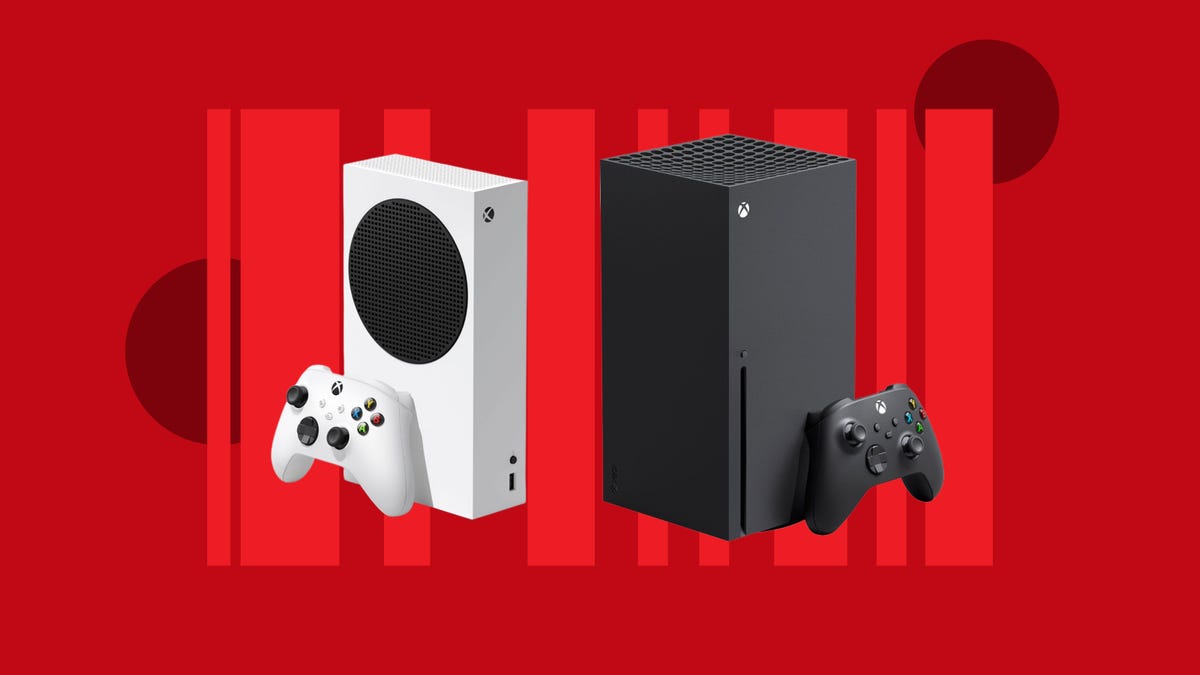I have exclusively used Samsung smartphones over the years, which also means I now have a drawer full of ‘Galaxies.’ Instead of letting them collect dust, I decided to use them as smart home sensors that can also work as baby monitors and light sensors.
Samsung’s Upcycling program is one of those genuinely useful Samsung features that lets you repurpose your older Galaxy phones into smart home sensors. I used my Galaxy S10 as a baby monitoring sensor and paired it with my Z Flip 6 as the receiving device. The old phone stays in the baby’s room, detecting sounds, while my current phone gets the alerts whenever the sensor detects the baby crying.
Setting up your phones
Getting everything ready
To get started, you need a Galaxy S9, Note 9, or newer device to use as a smart home sensor. Also, make sure you’re signed in with the same Samsung account on both devices; otherwise, the new sensor won’t show up on your primary phone. With that out of the way, here’s how you actually set this up.
Start by installing the latest Android update available. Go to Settings, then Software Update, and download any available updates. On your main phone, install or update the SmartThings app from the Play Store or Galaxy Store if you don’t already have it.
With the phones updated and apps installed, open the SmartThings app on your primary phone. Tap the Menu button at the bottom right, then select Labs. Tap Galaxy Upcycle, then read through the instructions, and tap Next until you see a QR code on your screen.
Now grab your old Galaxy phone and use the camera to scan that QR code. This automatically opens the Galaxy Store and prompts you to download the Galaxy Upcycle app. Once it’s installed, open the app and tap Start. The app will ask for permissions, especially microphone access, if you’re setting up a sound sensor.
Next, you need to choose whether you want the old phone to work as a light sensor, sound sensor, or both. I went with the sound sensor for baby monitoring. After making your choice, you’ll see a notice about data processing according to SmartThings’ privacy policy.
The important thing here is that all detection happens locally on the device, and Samsung doesn’t record video or stream audio to its servers. The camera stays off completely, so that’s one less thing to worry about.
Next, assign a location and room for your sensor. This helps identify it when creating automations later. I named it Baby’s Room for obvious reasons. Once you’ve done this, connect your phone to the device so it doesn’t turn off due to low battery. When the Upcycle app is running, it will limit the charging to only 35% to protect the battery during continuous use.
Back in the SmartThings app on your main device, you’ll see the new sensor listed in the Devices tab. If you don’t see it, make sure you are signed into the same account on both devices. From here, you can turn the sensor on or off, view detection timelines, and adjust sensitivity settings. I had to increase the speaker volume for the sound sensor from medium to high to hear the audio better.
What you can do with your new smart home sensor
Home monitoring, light sensing, and sound alerts
The sound sensor recognizes specific events: baby crying, dog barking, cat meowing, glass breaking, door knocks, sirens, finger snapping, and even snoring. Each sound type can trigger different automations in SmartThings.
The light sensor measures luminance on a scale of 1 to 7. You can use this to automate lights based on actual room brightness rather than sunset times.
In my setup, when the sensor detects the baby crying, it sends an instant notification to my phone and turns on a soft light in the room. I can listen and even respond wirelessly from the app.
More importantly, you don’t have to be in the same room or connected to the same network for this to work. As long as your devices are connected to the internet, you’ll get the notification.
Battery management also works well due to the controlled charging, keeping the old phone’s battery healthy. My S10 has been running as a sensor for three months now, and I haven’t noticed any overheating issues.
Making old tech useful again
Samsung’s Upcycle program offers one of the best ways to make old Android phones useful again. My S10 would’ve sat unused or maybe fetched $100 on the used market. Instead, it’s now a capable smart sensor that would’ve cost me at least $50 if purchased separately. And honestly, its microphone and processing power outperform many dedicated smart home sensors.
This approach is incredibly practical. If you’re already using SmartThings and have old Galaxy phones lying around, this is basically a free smart home expansion. Even if you’re not deep into home automation yet, this could be your entry point without spending extra money.











